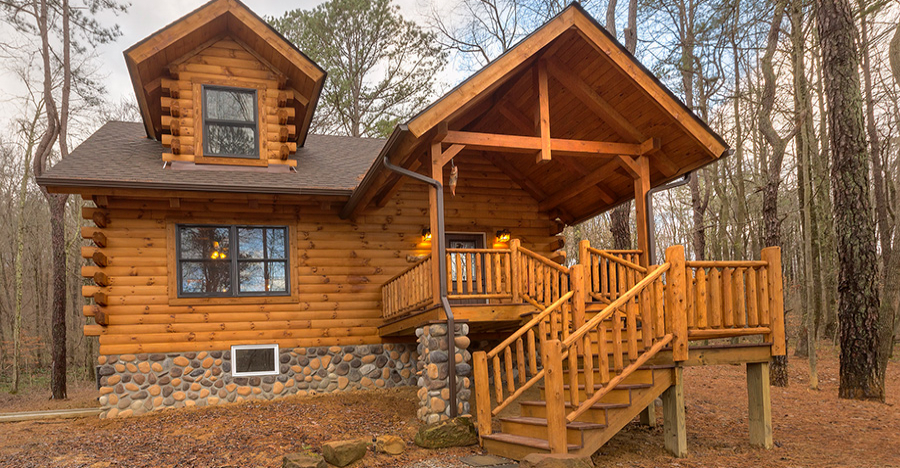
The Fontana log house is part the Heritage Series Log Homes of Hochstetler Log Homes. They offer 50 different plans that all feature quality, style, traditional designs, and more. The Fontana is 1,115 square feet with 2 bedrooms and 2 baths. This is the perfect cottage for a secluded spot on the lake or in the woods. With the wrap-around porch and deck on the back and side, and the gabled front porch, you can enjoy nature every day. This cozy 2-bedroom log house features an open-concept living room with exposed timber ceiling and fireplace, as well as French doors that lead out from the dining area onto the deck. The second bedroom is located upstairs in a full-length shed-dormer. It provides an 8-foot-high rear wall for the loft and bath. The quaintness of this log house will appeal to you both inside and outside. This home is priced to sell.
Log house living offers many advantages. Log houses are also energy efficient. Log houses are more energy efficient than the log cabins of your great-grandfather’s time. In the past, logs were installed with the natural round logs on top and bottom and the facing side hewn. Clay, mud, or straw chinking, sometimes as wide as the logs were themselves, was mortared between the logs. The constant temperature changes caused the logs to shrink and twist, making them inflexible. The mortar-like chinking cracked and pulled away from the logs. This created large gaps, and therefore drafts. This caused a log cabin to be cold in the winter. Even today, people wrongly believe that log homes are cold.
There is little shrinkage and movement when logs are installed today because they have been kiln dried as well as air-dried. Unlike in the old days, the logs are today screwed together with long 1⁄4 inch screws every 30 inches or more, and what’s more the logs are tongue and grooved with a continuous double gasket system. The tongue-and-groove system keeps the logs aligned, while the long screw holds them snugly together. The expandable gasket ensures they stay tightly sealed and no air can get through.
Building departments are requiring that log cabin builders and clients have blower door testing done to determine if the log homes they build are energy efficient. The Hochstetler log homes have been tested by several mechanical engineers, who were initially baffled and thought their instruments were not working. After re-running the test several more times, they realized that log homes were indeed much tighter and stronger than they had anticipated. They recommended installing air exchangers in the log home. Logs are also healthier than standard-built houses. Log homes are made from natural wood. The logs don’t emit any fumes, they contain no formaldehyde and little to no chemicals (unless pressure-treated). The only concern is the finish on the inside of logs. It is usually water-based and has zero VOCs.
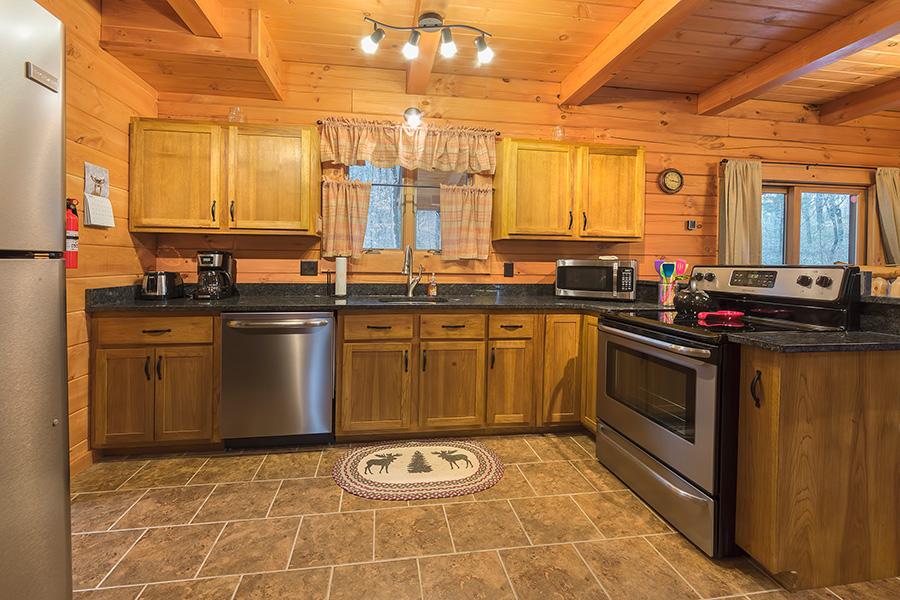
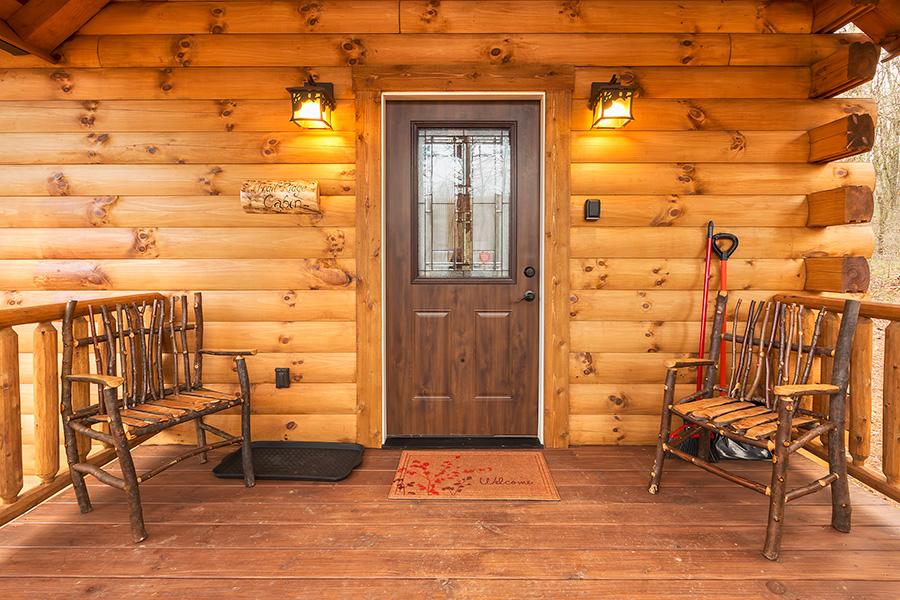

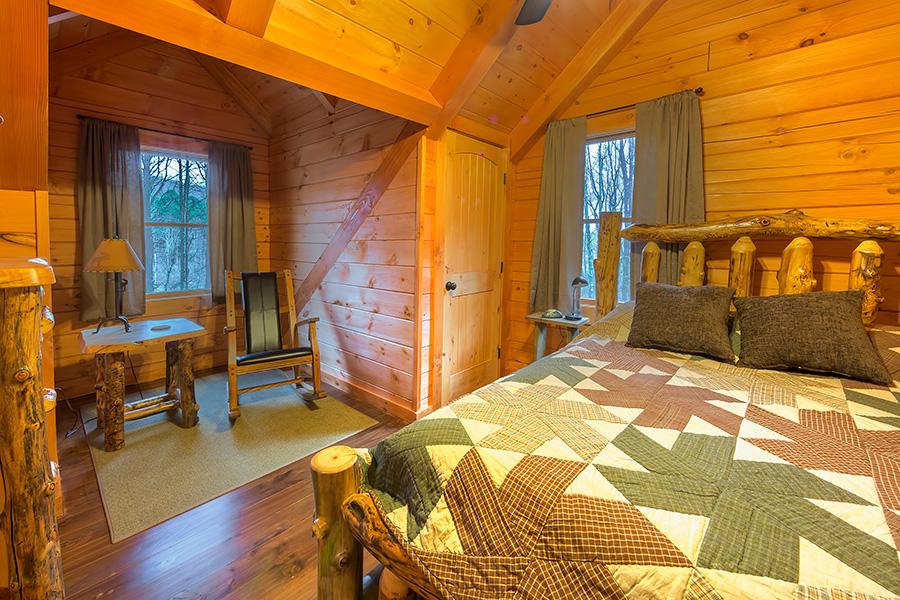
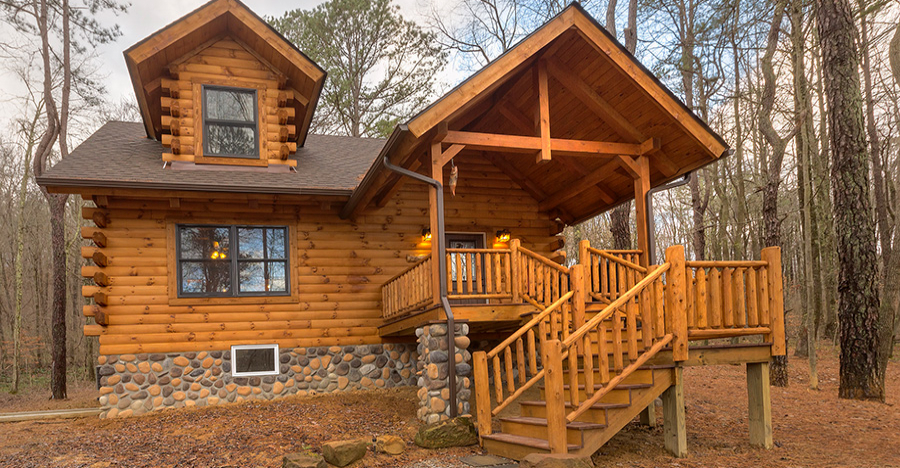
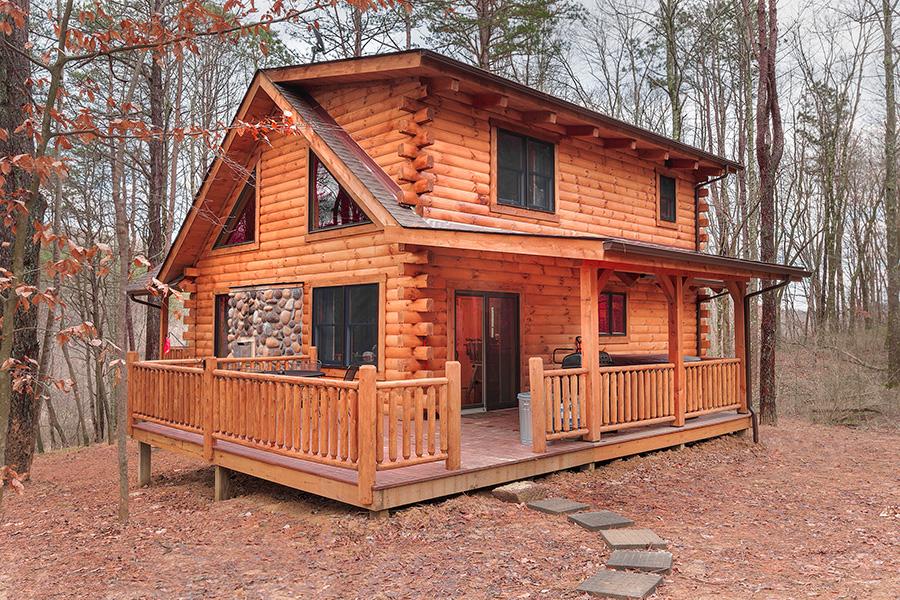
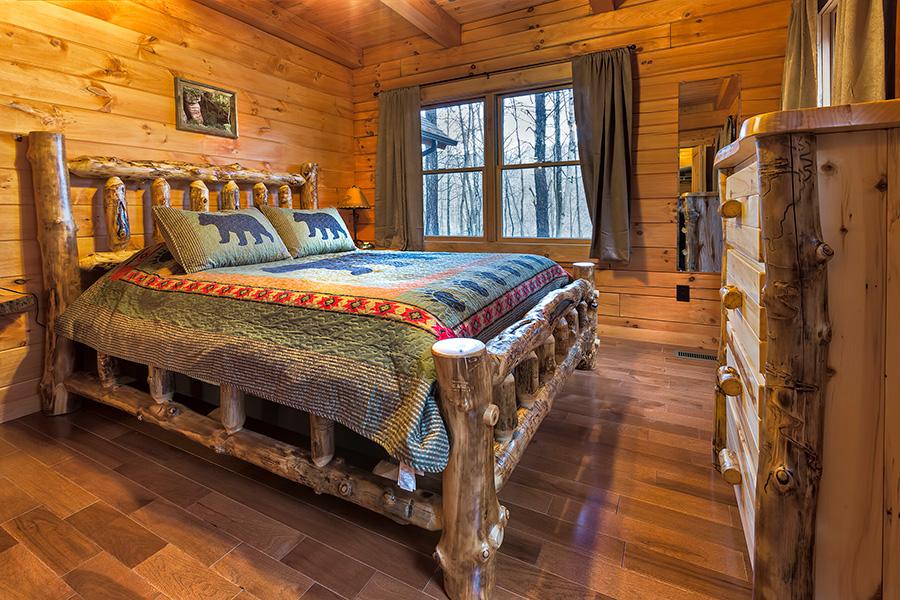
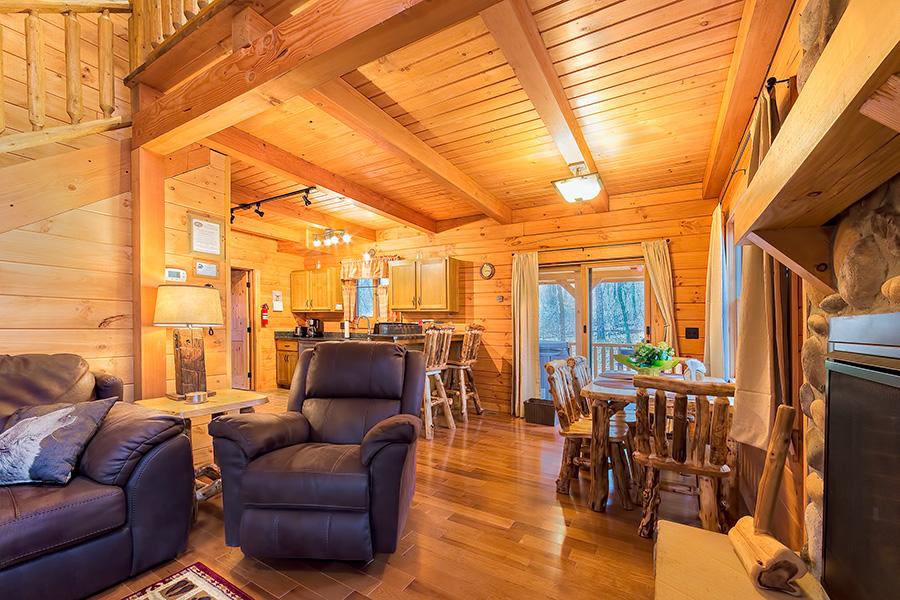
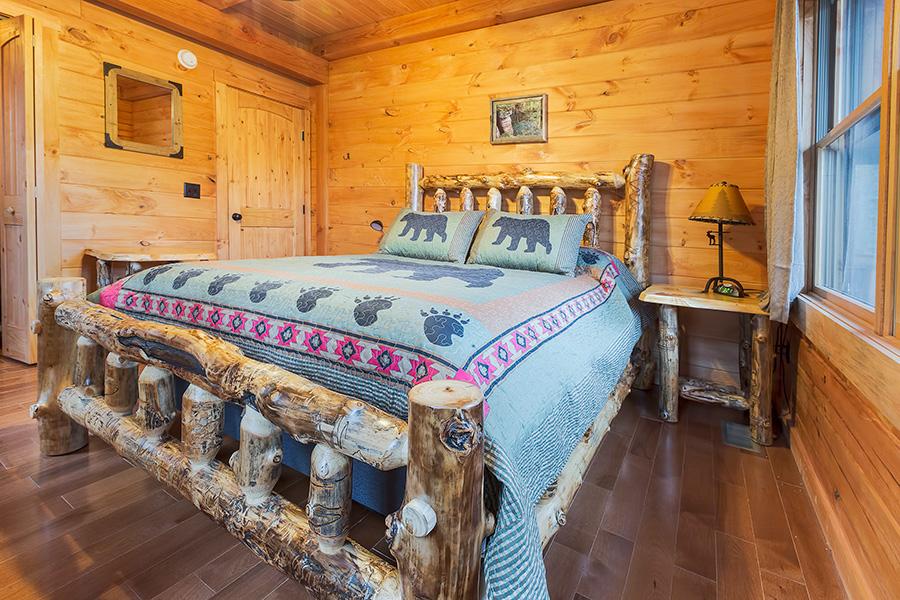
You can find out more about this story at: Hochstetler Log Homes